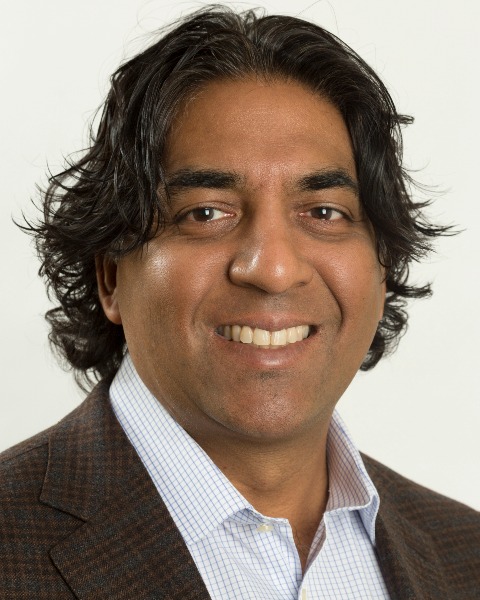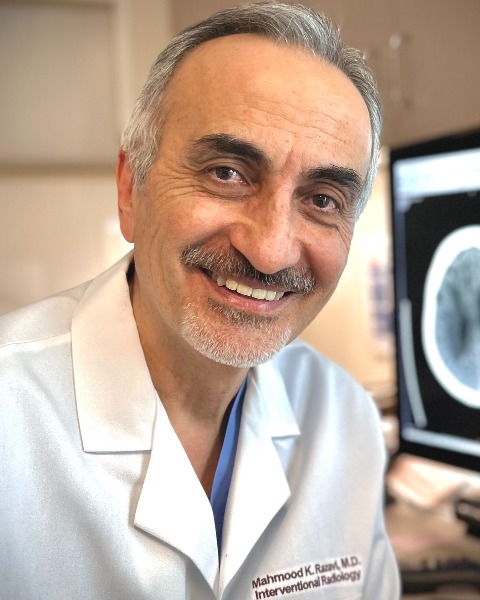SIR 2025
Dialysis Interventions
Scientific Session
Late Breaking Abstracts
12-Month Outcomes from the Randomized Arm of the Merit WRAPSODY AV Access Efficacy (WAVE) Trial

Dheeraj Rajan, MD, FACR, FSIR
Professor
University of Toronto, Canada, Canada
Mahmood Razavi, MD
Interventional Radiologist
Vascular & Interventional Specialists Of Orange County, United States- SB
Saravanan Balamuthusamy, MD
Interventional Nephrology
Texas Research Institute, PPG Health, United States - AM
Angelo N. Makris, MD
Interventional Radiology
Chicago Access Care, United States - JH
Jeffrey G. Hoggard, MD
Interventional Nephrology
North Carolina Nephrology, United States - LH
Leonardo Harduin, MS
Vascular Surgeon
Liv Care Centro Clínico, Brazil - PR
Prabir Roy-Chaudhury, MD, PhD
Nephrologist
University of North Carolina Kidney Center, United States - RJ
Robert Jones, MD
Interventional Radiology
Queen Elizabeth Hospital Birmingham, United Kingdom
Presenting Author(s)
Author/Co-author(s)
To describe the 12-month safety and efficacy outcomes of WRAPSODY or treatment of venous outflow circuit stenosis/occlusion in hemodialysis patients with an arteriovenous fistula (AVF).
Materials and Methods: The WAVE study is a prospective, multicenter, international trial (NCT04540302) conducted across 43 centers in the United States, South America, and the United Kingdom. AVF patients with venous outflow stenosis or occlusion in their peripheral venous outflow circuit were randomized 1:1 to treatment with WRAPSODY or percutaneous transluminal angioplasty (PTA). The safety profile of the WRAPSODY and PTA was determined based on the proportion of patients without any localized or systemic safety events through 30 days related to the treated access circuit. Treatment efficacy was based on the proportion of patients with target lesion primary patency (TLPP), defined as freedom from clinically-driven target lesion revascularization or target lesion thrombosis. A key secondary endpoint was access circuit primary patency (ACPP) following the index procedure.
Results: A total of 245 patients were randomized, 122 were treated with the WRAPSODY and 123 were treated with standard PTA only. No statistically significant difference in the proportion of patients free from a safety event was observed through 30 days post procedure (WRAPSODY: 96.6%; PTA: 95.0%; non-inferiority p< 0.001). At 6 months, the TLPP was significantly higher for patients treated with WRAPSODY versus PTA (89.8% vs. 63.0%; p< 0.0001) and remained significantly higher than the PTA cohort at 12 months (70.1% vs. 41.6%, p< 0.0001). The 6-month ACPP was significantly higher for patients treated with WRAPSODY versus PTA (72.8% vs. 58.0%, p=0.014) and remained significantly higher at 12 months (58.1% vs. 34.4%, p=0.0003).
Conclusion: WRAPSODY confers a clinical benefit to patients relative to standard PTA with significantly higher TLPP and ACPP at 12 months. Given the limited treatment options available to restore and maintain access circuit patency, these findings are of high value to clinicians who treat stenosis/occlusion in the venous outflow circuit of hemodialysis patients and for the patients themselves.


.jpg)